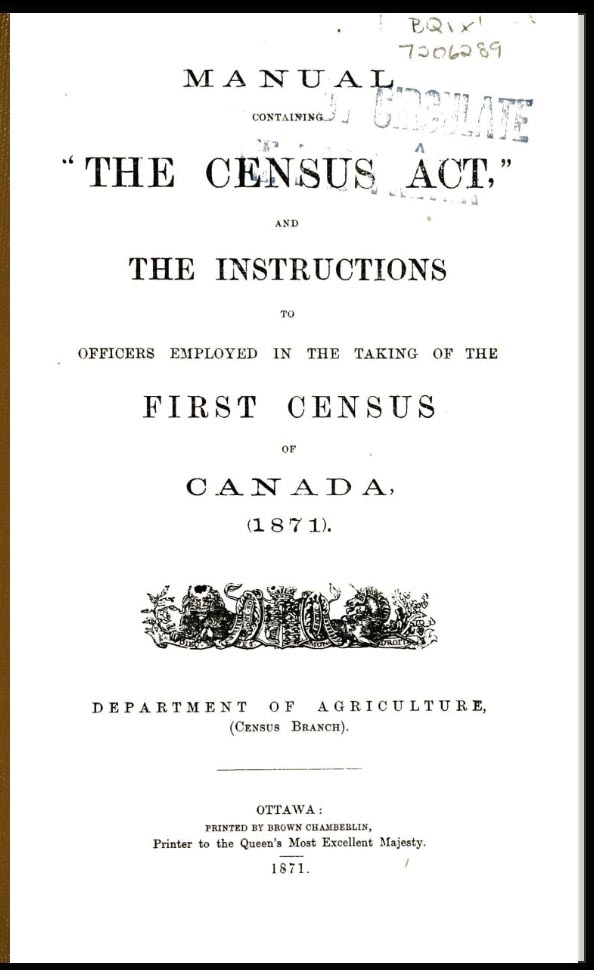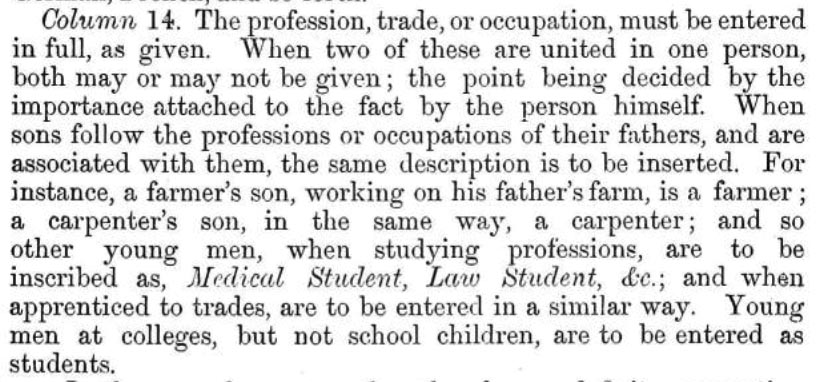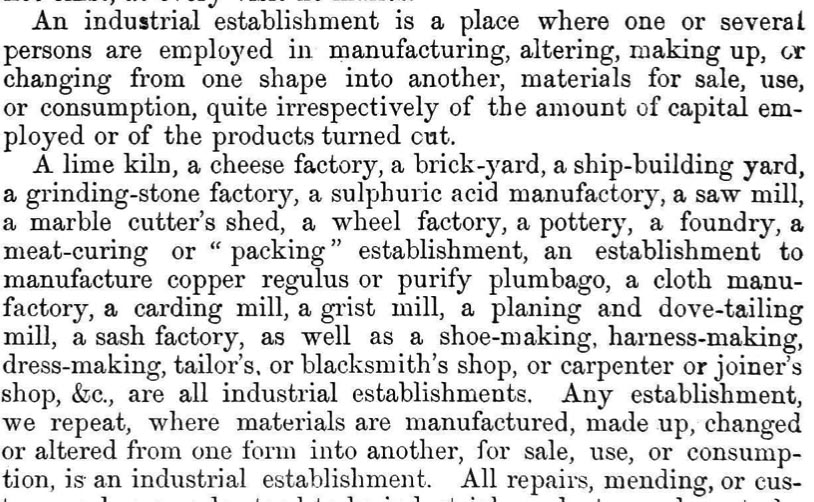The life of an 1871 Census enumerator
Have you ever wondered what it was like to be a census enumerator in 1871? Or how different the census was in the past? Read on to find out!
The 1871 Census
The national census was established as part of the Constitution Act of 1867, also known as the British North America Act. This is the legal document that created the Dominion of Canada. This act specified that a census would be taken in 1871 and every 10 years after that.
Although we refer to the 1871 Census as national, it included only New Brunswick, Nova Scotia, Ontario and Quebec. Manitoba and the Northwest Territories joined Confederation in 1870, but they were not counted in this census. Neither was British Columbia, which joined Confederation in 1871. The primary purpose of the 1871 Census was to determine how many members of Parliament should be accorded to each district, with reference to population size. It was mandatory so all Canadians were legally obligated to complete it.
The 1871 Census consisted of 211 questions in nine different groups (also called schedules). These included the following:
- Schedule 1, Nominal return of the living
- Schedule 2, Nominal return of the deaths
- Schedule 3, Return of public institutions, real and personal estate
- Schedule 4, Return of cultivated land and products
- Schedule 5, Livestock, animal products, home-made fabrics and furs
- Schedule 6, Return of industrial establishments
- Schedule 7, Return of products of the forest
- Schedule 8, Return of shipping and fisheries
- Schedule 9, Return of mineral products.
Life as an enumerator
To conduct the census, the government had to hire staff called enumerators. We can learn about their lives by looking at the manual for enumerators from the 1871 Census.

This census required a total of 2,789 enumerators working across New Brunswick, Nova Scotia, Ontario and Quebec. Those hired to do the job were "honest, intelligent, well-instructed, and paid close attention to detail." Sometimes they were local to the community they surveyed, while others were not. An enumerator's most important duty was being discreet and protecting the confidentiality of personal information. As the manual explains, all enumerators were expected to "bring to the accomplishment of their task that discretion generally necessary on the part of all public servants, but especially so where duties of great trust and delicacy are to be performed." In other words, they were responsible for ensuring that all information collected remained private.
Each enumerator was given "moderate size sheets of paper, with only twenty lines to write on each page." This paper was designed to hold all the responses from one schedule on a single page, in order to reduce the amount of paper shuffling. These pages would be stored in a folder or portfolio to make them easier to carry. The portfolio doubled as a sturdy surface for the enumerator to write on. Each page had a list of headings for enumerators to enter information about the area they were surveying. All pages had to be numbered in order.

Enumerators were also required to date and sign at the end of the day and on the last line of Schedule 1.

Enumerators would go from door to door to interview members of each household and record the answers. Being accurate was extremely important. If any errors were made while the information was entered, they would be corrected with a line in faint ink. Enumerators were expected to be courteous yet firm if any individual refused to respond. In these cases, individuals were warned that refusing to answer census questions could result in a fine.
Once all interviews were complete, every official sheet of paper (even those that had not been written on) were sent to the Department of Agriculture (Census Branch). It was prohibited to make copies of survey answers.
Unusual questions and responses
One of the most unusual aspects of the 1871 Census was that it was the first to collect information on the national, racial or ethnic origins of all Canadians. Previous censuses asked only about birth country and religion, so the 1871 Census is particularly important for historians because it shows the diverse nature of the country as early as 1871. Enumerators were expected to enter the exact response given by each individual.

Enumerators were also given instructions for entering the profession, trade or occupation of certain individuals. For instance, if sons worked for their fathers, they were listed as being in the same trade. So if a man was a carpenter and his son worked for him, the son was also listed as a carpenter. But any young man who was studying, whether at school or as an apprentice, was listed as a student.

Women's occupations were listed only if their work was outside their regular duties in the home. In these cases, a woman's occupation was noted as a dash "—," which was the same mark entered for children.

In Schedule 6: Industrial establishments, the manual includes very specific examples. We often think of industrial establishments as factories or large-scale projects, but according to the census manual, they were locations where people worked to manufacture, alter, create or change materials from one shape into another, for sale or consumption, regardless of the amount of output. In this particular census, mills and potteries, as well as shoe, dress and tailor shops, all counted as industrial establishments.

A lime kiln, a cheese factory, a brick-yard, a ship-building yard, a grinding stone factory, a sulphuric acid manufactory, a saw mill, a marble cutter's shed, a wheel factory, a pottery, a foundry, a meat-curing or 'packing' establishment, an establishment to manufacture copper regulus or purify plumbago, a cloth manufactory, a carding mill, a grist mill, a planning and dove-trailing mill, a sash factory, as well as a shoe-making, harness-making, dress-making, tailor's, or blacksmith's shop, or carpenter or joiner's shop &c., are all industrial establishments. Any establishment we repeat, where materials are manufactured, made up, changed, or altered from one form into another, for sale, use or consumption, is an industrial establishment. All repairs, mending or cus-."
Conclusion
We can learn so much about the 1871 Census, the work of enumerators, and the perspectives of late-19th century Canadians just by looking at the census manual. Today, the most important point hasn't changed: being an enumerator remains an important responsibility.
- Date modified: